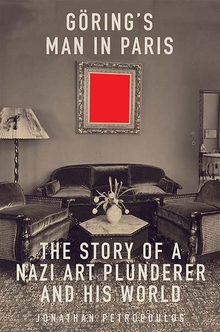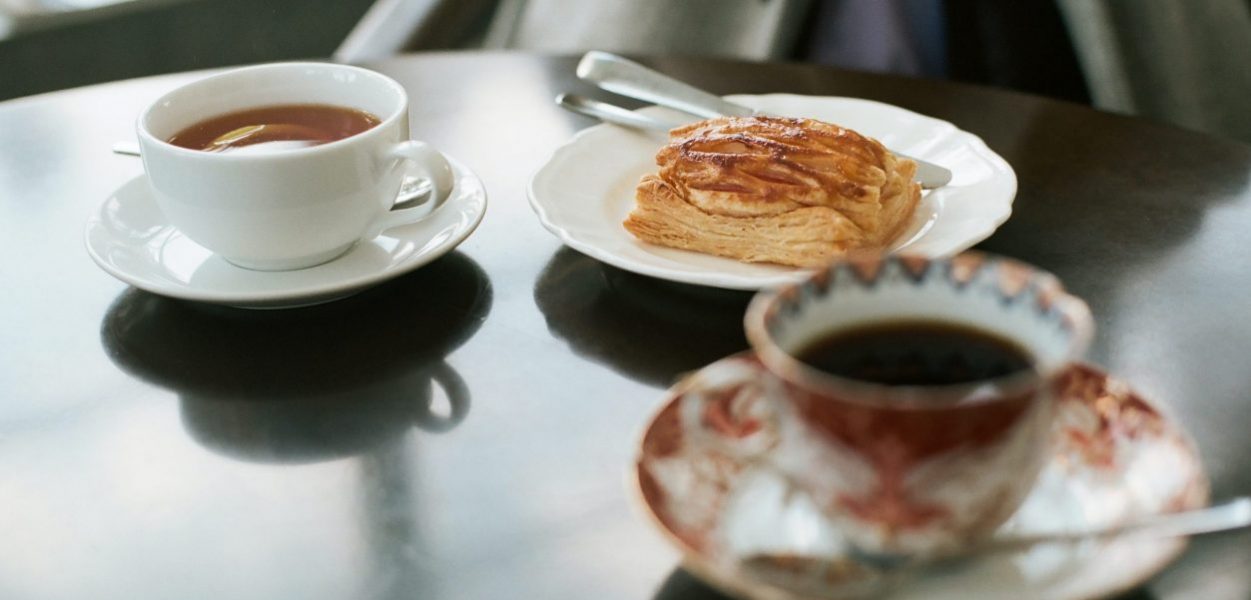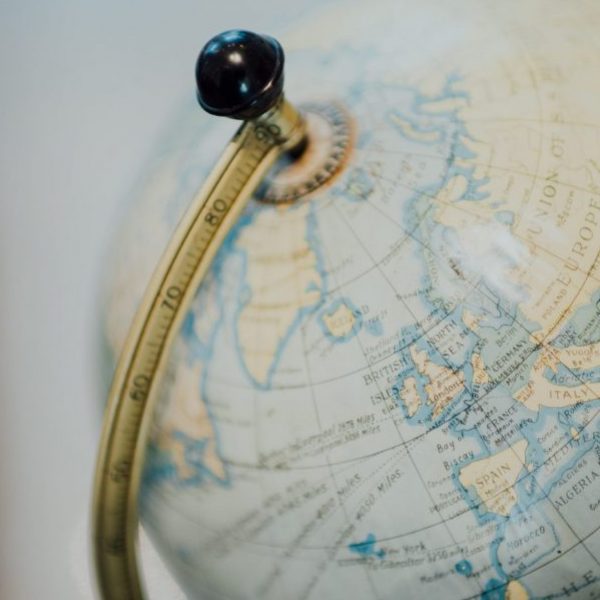Göring’s Man in Paris
Jonathan Petropoulos—
At the start of my sabbatical in the summer of 2000, I was living in Munich, making it easier to contact Lohse. I had his telephone number and could ring him up somewhat freely. Not long after I had settled in, Lohse invited me to his home. He suggested that I come for Kaffee und Kuchen (coffee and pastries). This sounded very promising indeed. He asked if I knew the address, and I told him I did. What I did not reveal is that I had bicycled by his apartment building on several occasions. As I looked up at the balcony to his flat, I had imagined the artworks housed inside. Now I might see if the rumors about the art in his apartment were true.
And so I arrived at Bruno’s home for the first time in September 2000. I had brought pastry and wine from the Alois Dallmayr emporium, the Harrods of Munich, which I knew Lohse liked. I had also brought along a micro tape recorder. Lohse greeted me at his front door and invited me in. He appeared as friendly and relaxed as could be. He had a housekeeper, Frau Goebel, but otherwise his was a fairly modest operation. The apartment was small—three rooms plus a kitchen and bathroom—although there was a neighboring unit that housed some sort of office, which I subsequently briefly glimpsed once or twice. What I found most exciting, however, was the art on his walls. Lohse had several works by Emil Nolde, including a landscape oil painting of a marsh rendered in red and black hues, as well as a watercolor of a bright sunflower. Surprised that he placed Expressionist works in this “public” room, his living/dining room, I turned around to survey vibrant watercolors by Marianne von Werefkin and Gabriele Münter, two artists associated with the Blue Rider group that flourished in and around Munich prior to World War I. His study, which was also his television room, contained a wall filled with Dutch Old Masters. There were about a dozen pictures there, mostly pieces with smaller dimensions. I thought to myself how easy it would have been to conceal the smaller works in his luggage as he traveled back from France during the war. All told, the art in Lohse’s apartment was worth millions. I had to suppress the many questions running through my mind, beginning with how had he acquired these works and were any of them looted? These questions would continue to preoccupy me in the years to come.
For the moment, I was more concerned with getting Bruno to retell an intriguing story he had shared in our earlier meetings: the one about Georges Wildenstein offering him a choice of three paintings and his subsequent relationships with family members. We sat down at a table among the German Expressionist works, drinking coffee, eating Kuchen, and exchanging pleasantries. Before asking him about the Wildensteins, I shared my upcoming plans with Lohse: I was headed to Lake Constance for a conference on networks of persecution (it was not lost on me that Lohse himself was part of such a network). His reaction to the mention of the Holocaust, then and later, was mixed: at times he appeared remorseful and apologetic, but mostly he donned the cloak of cynicism and declared, “It is all shit” (Es ist alles Scheisse). He maintained that it was pointless to talk about, let alone study, the Holocaust. For him, it was best to ignore the darker side of the Third Reich. He could never understand how the men he revered—and Göring in particular—had become mass murderers, and he doubted that historians could do much to explain this history. I responded that scholars would never get it 100 percent right, but what was the alternative? Not to study history (and this history in particular)? Lohse appeared unconvinced. His was a cynical worldview, unconcerned with ethics or moral responsibility. He was also particularly adept at suppressing parts of the past that he perceived as uncomfortable: “Es ist alles Scheisse”—as best I could tell—stood as his governing philosophy.
Because Lohse was notoriously temperamental, I expected that he would become angry if we discussed the Holocaust in depth, and so I changed the topic of conversation, at least temporarily, to something less controversial: hiking in Switzerland. Bruno brightened as we talked about the grandeur of the Alps, and then it was time. “Tell me again about Monsieur Georges Wildenstein and the three paintings in Paris after the war?” I asked. “Na, ja,” Lohse responded, and we were off. The story wasn’t quite as good—as rich in detail—as the first time he’d told it the previous June. But there were always new details when he retold a story. And significantly, this time I captured it on tape. I had asked for and received his permission before placing the recorder on the table that we shared, even though I did not have him sign a formal release. I had worried that the recorder might make him more reserved. Yet I thought it best to have a recording of the story in case I was challenged by Wildenstein family members, who had been known to initiate litigation to protect their reputation. Later, after I left Lohse’s apartment and cycled back to my own, I took that tape out of the recorder, labeled it carefully, and then packed it away.
From Göring’s Man in Paris by Jonathan Petropoulos. Published by Yale University Press in 2021. Reproduced with permission.
Jonathan Petropoulos is the John V. Croul Professor of European History at Claremont McKenna College. He is a Life Member of Clare Hall, University of Cambridge, and a Fellow at the Royal Historical Society.
Further Reading:



























